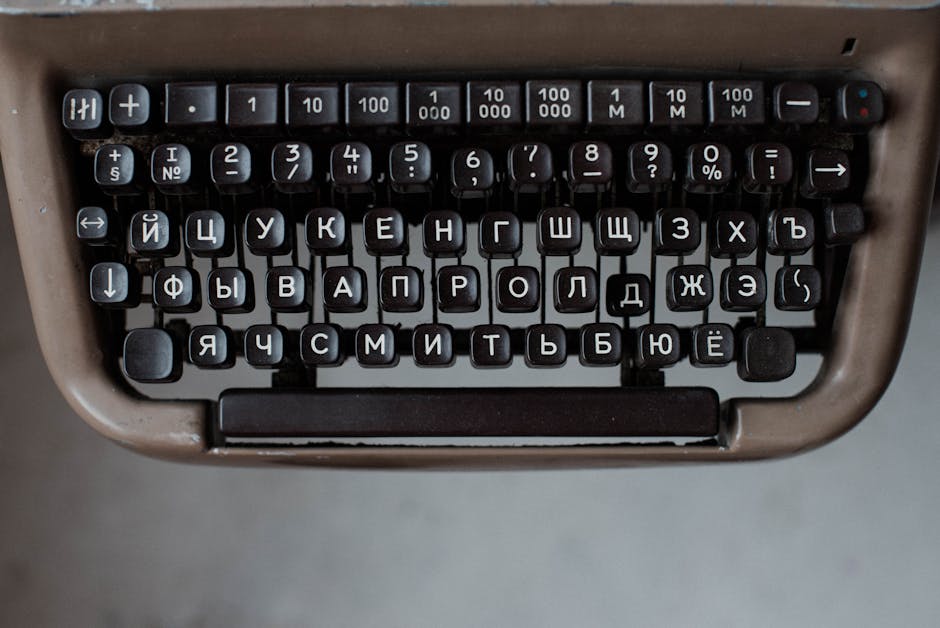Mariupol Under Occupation: A Campaign to Erase Ukraine
The port city of Mariupol, once a thriving Ukrainian stronghold, has become a stark symbol of Russia’s relentless effort to wipe out Ukrainian identity. Since its brutal capture in May 2022 after a prolonged siege, Mariupol has undergone a systematic transformation under Russian occupation—one designed to erase every trace of its Ukrainian heritage. From street names to language, culture, and even cemeteries, everything Ukrainian is being systematically removed.
The Erasure of History
Mariupol’s skyline reveals a story of deliberate destruction and reconstruction. Soviet-era monuments now stand where Ukrainian landmarks once did, and streets named after Ukrainian heroes have been rebranded with Russian historical figures. The city’s iconic “Toothbrush” apartment building, a symbol of Ukrainian resistance during the siege, was demolished—erasing a physical testament to defiance.
Schools have been forcibly Russified, with Ukrainian-language books banned and curricula rewritten to align with Russian propaganda. Teachers who refuse to comply risk losing their jobs or facing harsher consequences. “They want us to forget who we are,” said a former educator who fled the city. “But how do you erase a lifetime of identity?”
Cultural Cleansing in Action
Beyond infrastructure, Russia is targeting Mariupol’s cultural soul. Museums that once celebrated Ukrainian art and history now push Russian nationalist narratives. Traditional Ukrainian festivals are banned, replaced by state-sponsored Russian events. Even the Mariupol Drama Theatre, where hundreds died in a Russian airstrike, has been turned into a Russian cultural center.
The Ukrainian Orthodox Church, once a spiritual cornerstone for many, has been forcibly replaced by the Russian-backed Orthodox Church. Priests who resist have been arrested or have disappeared. For residents, faith itself has become another front in the war.
The Silent Resistance: Defiance in the Shadows
Despite the crackdown, whispers of resistance remain. Underground networks distribute Ukrainian books and news. Some residents refuse to speak Russian, holding onto their language as a quiet act of rebellion. “They can change the signs, but they can’t change our hearts,” said a Mariupol native now living in exile.
Yet, resistance comes at a deadly cost. Russian authorities operate filtration camps where Ukrainians are interrogated, tortured, or forcibly conscripted. Thousands remain missing, their fates unknown.
A City Rebuilt in Russia’s Image
Russia’s reconstruction projects present a façade of normalcy, but the scars run deep. New apartment blocks house Russian settlers, not the displaced Ukrainians who once lived there. Propaganda billboards proclaim Mariupol’s “liberation,” while survivors mourn the city they lost.
For the Kremlin, Mariupol is a trophy—a showcase of its imperial ambitions. For Ukrainians, it is an open wound, a reminder of what disappears when occupation rewrites history.
As the war continues, Mariupol stands as a chilling warning: in occupied Ukraine, identity itself is under siege. While Russia may erase the symbols, the spirit of Mariupol’s people endures—waiting for the day their city is free again.
(Word count: 600)




